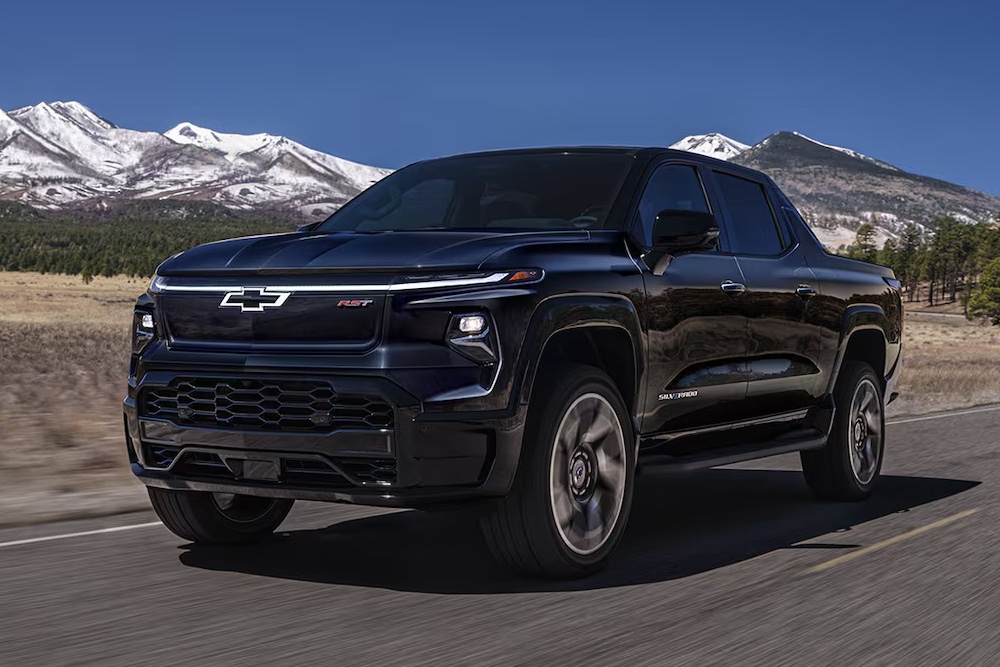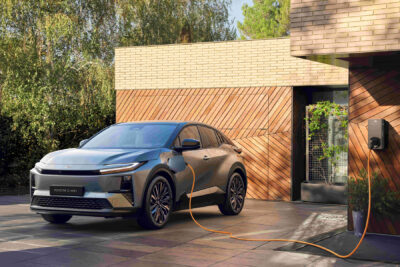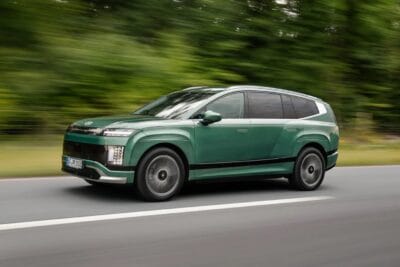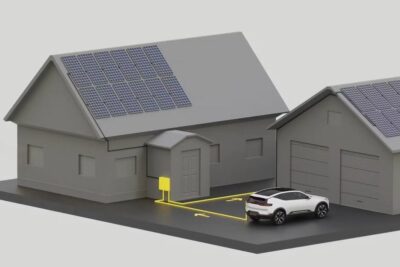General Motors tests bidirectional charging in California
The data collected through the PG&E Vehicle-to-Everything pilot programme will be used to “evaluate the potential for bidirectional technology to provide value to customers, support grid resiliency, and help scale system adoption in California,” says GM. To participate, customers must own an electric vehicle by a GM brand that has bidirectional capabilities. According to the press release, that includes the 2024 Chevrolet Silverado EV, 2024 Chevrolet Equinox EV, 2024 Chevrolet Blazer EV, 2024 Cadillac Lyriq EV, 2024 GMC Sierra, and 2025 Cadillac Lyriq EV. There will be more eligible vehicles with the 2025 model year.
“For Northern California customers looking to take more control of their home energy, this program with PG&E represents a great opportunity,” said GM Energy Vice President Wade Sheffer. “For utilities, legislators, customers and others, this pilot is an opportunity to see the full value of our V2H technology beyond just providing power to a home during power outages. This can be a tool that helps overall grid resiliency and showcases the unique advantages of EVs, while in the future, potentially reducing the total cost of EV ownership.”
“PG&E is leading the way to enable vehicle-grid-integration technology, creating a path for EVs to power customer homes, ultimately benefiting all Californians,” said Mike Delaney, VP utility partnerships and innovation at PG&E. “We are proud to continue leading this electric renaissance as we collaborate with automakers and some of the world’s top innovators to pioneer bidirectional charging technology where EVs have the potential to offer greater reliability, resiliency and cost savings.”
On top of the above-mentioned rebates, customers may be eligible for further incentives by staying enrolled in the pilot programme until the end, and/or by participating in “planned backup power events” to help stabilise the grid.
Ford started a similar programme in late 2024 in Southern California. The carmaker teamed up with Southern California Edison to test the effect smart charging has on the grid and to encourage EV users to charge during off-peak hours to make the electricity grid more stable. The function of EVs feeding electricity back to the grid will be added at a later date.





0 Comments